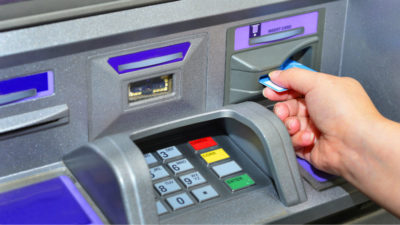The Canada Emergency Response Benefit (CERB) extension announced by the government on June 16, 2020, came as a relief for millions of Canadians who still find themselves out of work. The Canada Revenue Agency (CRA) will continue paying unemployed and eligible citizens $2,000 per month for two more months, according to the extension.
The original plan was to pay $500 per week to eligible Canadians for up to 16 weeks. With no visible end to the pandemic, and the 16-week period expiring for many initial applicants, the government announced this extension, bringing the total CERB money you can receive to $12,000 — $4,000 more than the initial $8,000.
What does the extension mean for you?
A solid response
The Canadian government has paid out a total dollar value of almost $60 billion in CERB money to citizens since the program began. By the end of the summer, the total CERB spending might total approximately $71 billion. The initial CERB extension will continue to provide stimulus to the economy in these challenging times.
With the extension, however, the CRA will be more vigilant in the application approval process. The Canadians applying for CERB must also state that they are looking for work, not denying offers for work, and consult with Canada’s job bank. Receiving the additional $4,000 CERB will become more challenging for Canadians.
Income without CERB
While the CERB money has done a fantastic job of providing money for monthly expenses for unemployed Canadians, the extension is not likely to happen again. If you want to continue making passive income, I would advise digging into your savings to create a passive-income stream for yourself instead of relying on CERB.
You should consider using your Tax-Free Savings Account (TFSA) to create a revenue-generating stream by storing a portfolio of dividend-paying stocks. You should look to create a diversified portfolio consisting of reliable dividend stocks with stable payouts and higher-yield dividend stocks to boost the monthly income.
A stock you can consider for substantial monthly income could be Brookfield Property Partners (TSX:BPY.UN)(NASDAQ:BPY). The multi-billion-dollar company owns a portfolio of geographically diversified assets. The portfolio consists of offices and industrial properties. The company is also connected to several industries, including renewable industries. The company has substantial cash reserves to keep it afloat during downturns.
While BPY shares remain 36% down year to date, the company’s recent quarterly reports indicated that the funds from operations (FFO) reached $309 million. The FFO increased $2 million during the first quarter affected by the global health crisis. However, the net income saw a $373 million loss.
Despite the mixture of good and bad news, the company has gained 45% since bottoming out in April. At its current price, it has a juicy 8.40% dividend yield. While most companies cannot sustain such high dividends, BPY is capitalized well enough to continue paying its shareholders.
Foolish takeaway
A TFSA with a dividend income portfolio can help you earn substantial income without worrying about paying taxes. Any assets you store in the account keeps adding to your overall bank balance, and the CRA cannot touch it for any income taxes. You can withdraw the amount from your TFSA without worrying about any fees or penalties.
I think a stock like Brookfield Property Partners could be an excellent asset to begin building such a portfolio.








